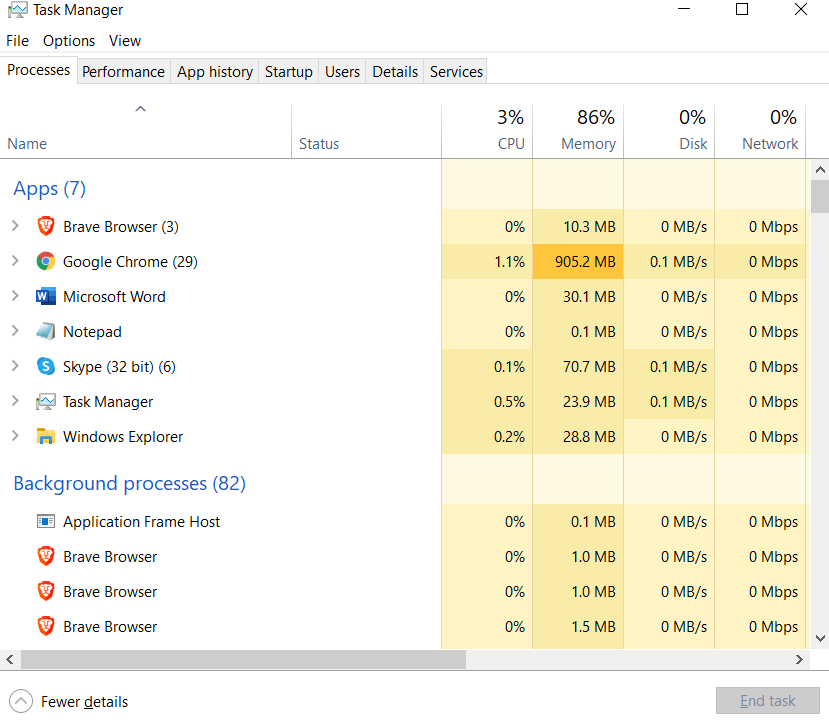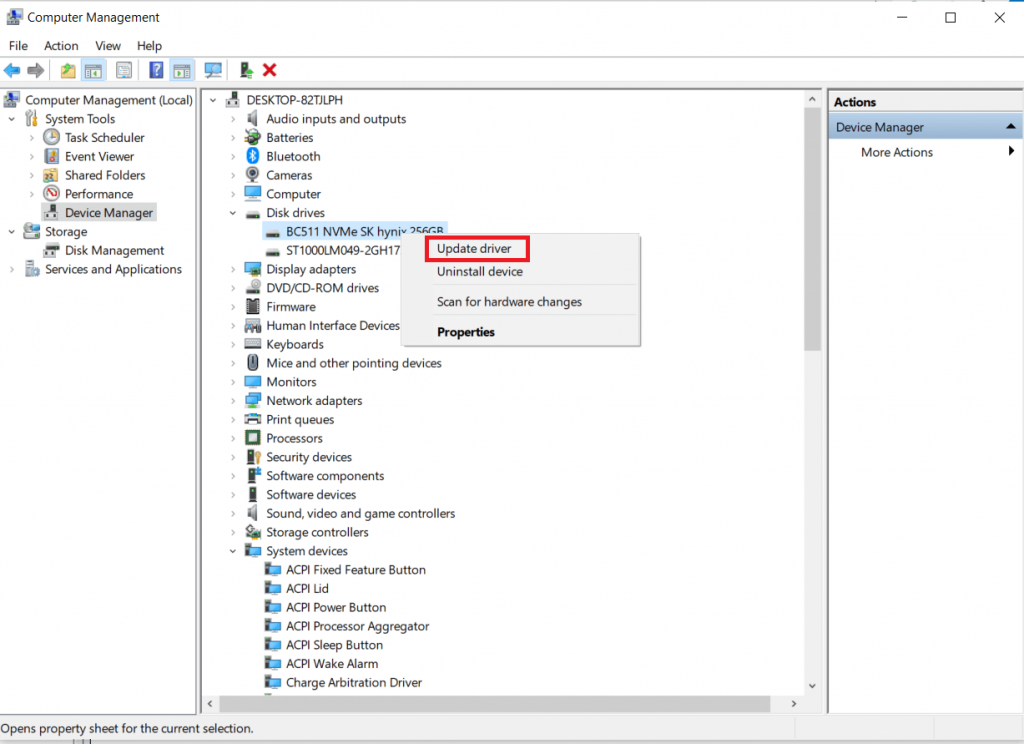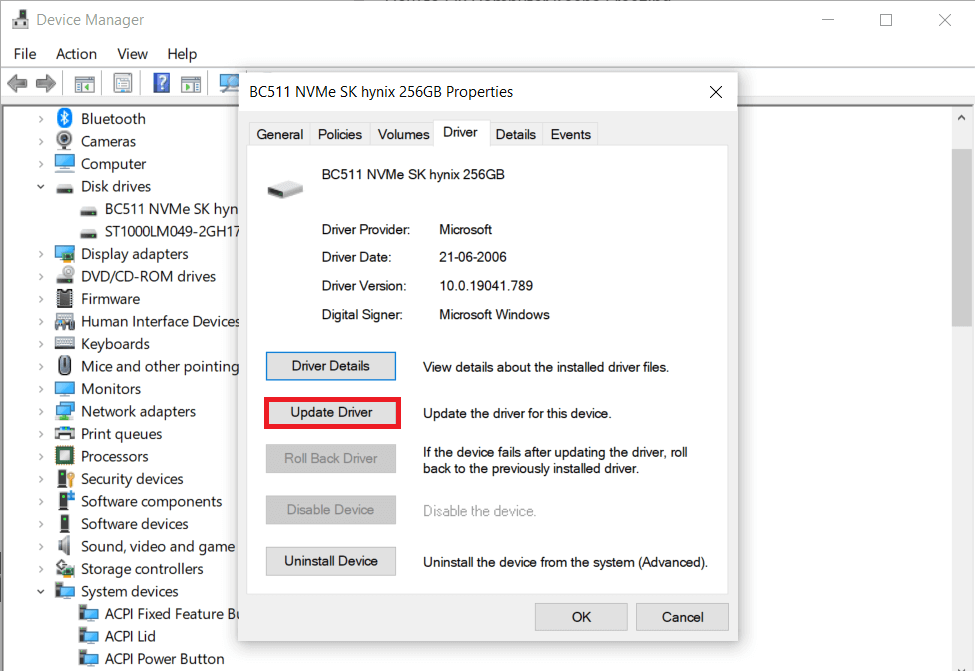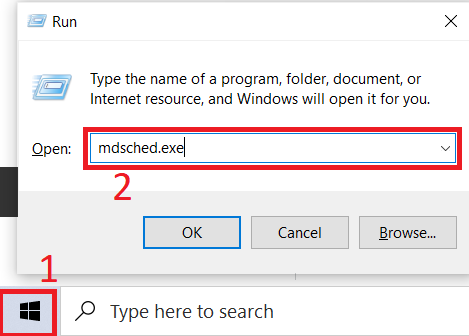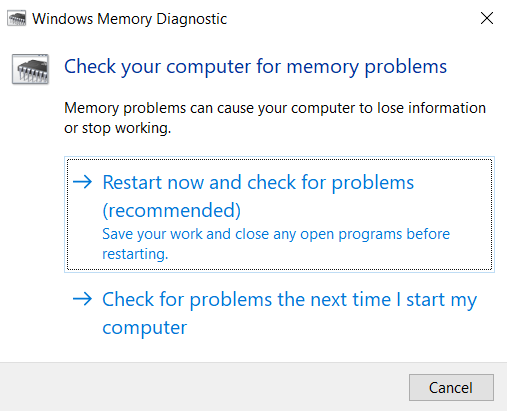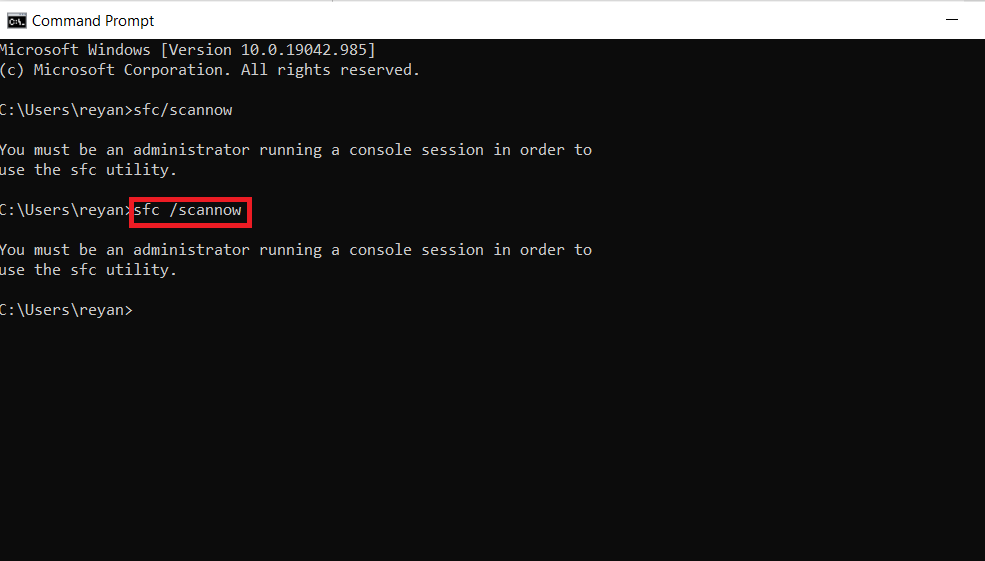Did your computer just freeze or lock up? Are you unable to move your cursor, or have you lost control over your computer? Whatever the case, this article can help. We have covered basic information/steps you can follow in dealing with a locked or frozen computer.
The below solutions work for almost all users. So, you can try them by implementing the instructions as listed. So, let’s get started.
Outline
ToggleGive the computer some time.
Now, this is a no-brainer, but it usually works. Sometimes the computer is just completing some processes in the background, which may be the reason behind the sudden freeze. Once you leave it be for a few minutes or maybe an hour, it’ll automatically turn back to normal.
Is the computer deadlocked?
Once you’ve waited enough, you need to check whether or not it’s deadlocked. And for this, you can press the Caps Lock key. Usually, it has an LED indicator that indicates whether it’s turned on or not. If it turns on or off on pressing, it means your computer is not deadlocked. In this case, you should move to the next step. However, if it doesn’t respond, you’ll have to reboot your PC
End Tasks That Are Not Responding
If the Caps Lock key is working, it means the Windows is responding. And in this case, reason behind the computer freeze is a program that may be consuming all the memory to process. Now, you can press Ctrl + Alt + Del keys together. This way, you can open the Windows Task Manager.
It’ll help you end the Task, which is taking up all the memory. If you see a “not responding” tag on the side of an application, you can end it immediately. In most cases, you’ll gain the control back.
Reboot a frozen computer
In case none of the above steps worked, you should reboot your PC. You can press the power button and hold it for a few seconds until it turns off. Once it turns off, let it be for a few seconds and then turn it back on.
Reasons For & Why Computer Keeps Freezing
1. Too Many Programs Opening
Multiple programs put pressure on the computer hardware. They consume memory which leaves no or very little memory for the Windows to operate. However, if you notice multiple apps, you should open the task manager.
Once you open the Task Manager, you need to click the process section. Look for the program or app which is not responding, and then click on the End Task button. It is always recommended to only use the programs you need or install more RAM.
2. Driver Corruption or Errors
Operating system and hardware components communicate with each other using drivers. Sometimes, when the drivers are outdated or damaged, it can cause your computer to freeze. So, make sure to keep your drivers up to date for a flawless experience.
3. Overheating
Sometimes, due to overheating, a computer can freeze or lag. And if the temperature is quite high, it can damage the motherboard or the IC, further making your PC unusable. So, make sure your PC has enough ventilation and is placed away from sources that generate heat.
4. Insufficient RAM
Sometimes your computer may freeze because of low memory or RAM. The solution here is more RAM. If you have 2-4GBs of RAM, you need to go for 8GB RAM to improve the performance.
5. BIOS Settings
If you recently tweaked your BIOS settings, there are chances that it’s the reason behind the computer freeze. Resetting those settings can bring your PC back to life.
6. Faulty External Devices
If you recently connected a USB Pen drive, mouse, or keyboard, after which your PC stopped functioning. It could be because of faulty external devices. Try removing all devices and then attach all the devices one by one to find who the culprit is.
7. Computer Viruses
Viruses of all types can hamper your device’s performance or cause it to hang completely. In such cases, you should perform scans using Antivirus software.
8. Corrupted or Missing System Files
Common Windows Operating systems like Windows 10/7 usually freeze because of corrupted system files.
9. Software Errors
Some software that you might have downloaded from a 3rd party website could be the reason behind the laptop freeze. Sometimes, this software or apps can access external resources which are blocked by the Windows operating system. When something like this happens, your computer can freeze.
Other common reasons behind a PC freeze other than the one mentioned above could be a broken RAM stick, low disk space, etc. However, as our motive is to keep the data intact and solve the freeze problem, let’s focus on the below information.
How to Fix Computer Keeps Freezing
1. Free up disk space on C drive
In case your C drive is low on space, your Windows will keep freezing as it’s the C drive where the system files are stored. So, it should always have a decent free space to operate properly. However, if you cannot free space, make sure there are no unwanted programs in the C drive.
If other drives have extra/unused space, you can shrink that space and add it to the C drive, which will increase its overall capacity.
2. Update all device drivers to the newest
- You can either use the Windows update or download software to upgrade your drivers to the latest.
- Open My Computer/This PC in your PC and click on manage. After that, click on Device Manager.
- Now, choose the category of drivers you want to update.
Update the drivers depending on the version of Windows:
- For Windows 7 users: Click on the hardware you want to upgrade, select properties, and select update driver from the Driver tab.
- For Windows 8/10 users: Choose the hardware and choose the update driver option.
3. Run Memory Check
In case your PC has some memory problems, you should go for the Windows Memory diagnostic. Follow the below steps for the same:
- Press Windows + Rkeys, and using your keypad, type exe and then press Enter.
- Now, if you want to check for problems, restart it immediately. And if you want to check them later, click on the option which says “Check for problems the next time I start my computer.“
4. Run System File Checker
When your system files are corrupt or missing, you can follow the below steps:
- Click on the Start icon and type cmd. Make sure that you DO NOT PRESS ENTER.
- Now using the right mouse button, click on the Command Prompt and select Run as Admin. After that, type sfc /scannow & press enter.
- After you do that, a scan will begin for corrupted files. If the system finds any faulty files, it’ll fix them automatically. Once it is done, type exit on the keyboard and click on enter
Take PC to Repair Shop
Now, if none of the options seem to work, the last resort is to visit a technician. He’ll help you diagnose and terminate the problem pretty quickly.
Conclusion
Old PC models freeze frequently. Sometimes the problem could be really simple, and sometimes it requires a technician to fix the problem. So, if your PC just froze, you should first try all the above-listed steps and solutions. You’ll likely get the solution. And if you don’t get the solution, then the repair shop is always there.


